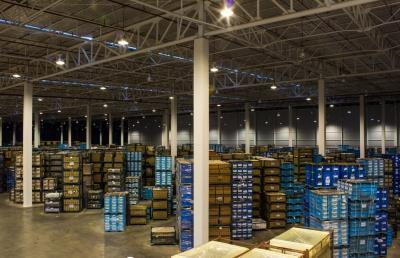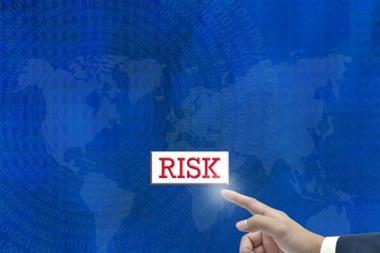Business continuity necessitates that companies need to take a firm grip of their supply chains to ensure that they are able to operate effectively, no matter how complex they are

Cheap manufacturing processes and transportation mean that even relatively small businesses can now have extensive global supply chains.
Interruptions or breaks in those chains can have implications not only for the business but also for its customers and clients.
For larger businesses, monitoring supply chains is a difficult, if not impossible, task when there are thousands of different products across several tiers.
Nonetheless, business continuity necessitates that companies need to take a firm grip of their supply chains to ensure that they are able to operate effectively, no matter how complex they are.
Failure to do so can result in serious reputational damage or worse. So, how do companies and the risk professionals who work for them limit their supply chain vulnerabilities?
That was the key question for yesterday’s workshop ‘Do you understand your supply chain exposures and are you covered?’
This session, presented by Zurich, considered some of the primary causes of supply chain disruption and also the factors that should be examined in a comprehensive supply chain risk assessment approach.
Understanding the nature of the threat is critical to being able to deal with supply chain risk. Delegates who attended the session heard about the deployment of useful IT risk solutions and the need to recognise some of the limitations that exist with standard insurance coverage.
Zurich said that the key message for delegates at the workshop was around improving organisational resilience where there was a dependence on third parties.
“Risk and insurance managers can play an important role in improving their organisations’ resilience in this area. We want to ensure risk managers understand the value at risk from the failure of key suppliers and the fact that the insurance coverage that they have purchased may not be adequate for a number of the disruption events that they face.”




















No comments yet